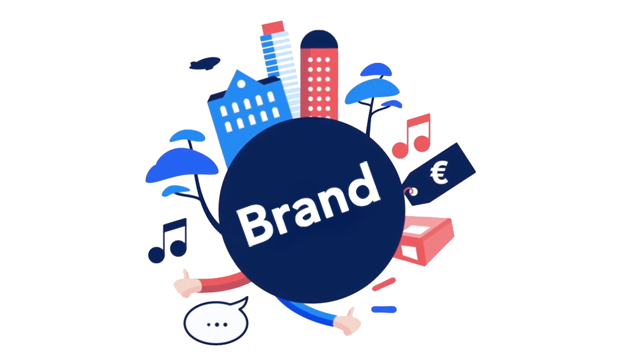We are all facing the same situation. The current epidemic is forcing us to take a time out. More than three billion human beings are on lockdown, giving those not on the front line fighting the virus the opportunity to reflect on what they really need, and want. This represents a major spring-cleaning for end-users, consumers and local communities. What do we want to change in our lives and society?
Both individually and collectively, this current state of introspection is quite evident, but it is nothing new. We must not forget that in recent years, we have witnessed a growing current reflecting a deep need for change with the Yellow Vests crisis, general strikes, the #MeToo movement, eco-anxiety, and more.
The quest for meaning, purpose and being useful to society have all emerged in recent months. Enacted in April 2019, the French PACTE law is an example of humanity waking up to the need to get involved.
The quest for meaning, to be useful to society, to give oneself a purpose, these are all elements of the response that have emerged in recent months.
CBA has embraced this revolution for almost three years now. Through our Critical Imprint® initiative, we seek progress through design. This ideological, methodological approach has allowed us to establish a brand’s value with consumers and society, as well as to measure their concrete impact. We are also aware that major change does not happen by itself. Therefore, we have built a partner network tackling collective intelligence (Bluenove), brand value evaluation (Occurrence) and forecasting.

During this time of great reflection, how can we understand the deep changes that will result from the pandemic disaster?
Even though scientists had warned us about these risks, we must admit that our societies were not ready. Instead of plunging into a fatalistic attitude regarding a relatively unpredictable future, we must see the positive side of this situation: anything can happen. We are no longer confined by a gloomy narrative that defines a de facto future. We can take back our power by using our imaginations to envisage a new path.
At the end of this pandemic, it may be tempting to go back to the way things were before, but this is neither a viable, nor enviable, solution. However, building a new tomorrow by razing the current world to the ground is neither realistic nor relevant. It is up to us as citizens, nations, and companies to sift through, keeping what is good, improving what is useful and abandoning what was leading us off the edge of a cliff. Beyond everyday solutions, including mass remote working and medical phone consultations, changes in philosophy are also looming.
As a design agency, we must serve as a bridge between reality and companies: brands.
To understand the upcoming sweeping changes, it is necessary to know how to listen for and decipher weak signals. As a design agency, we must serve as a bridge between reality and businesses through brands. To do this, we need to go further than our Critical Imprint initiative. Discussing and listening to consumers through collective intelligence and analysing opinions are tremendous tools, and ones we will continue to use. However, in order to find, track and decipher weak signals, we must go out to meet so-called fringe end-users.
By definition, something on the fringe exceeds normal boundaries. A fringe user pushes things to their outermost limit. We increase the possibility of seizing real opportunities for innovation by taking a problem out of context and framing its development beyond its target users.
In 1872, Alexander Graham Bell believed he could use emerging electronics to help deaf people to hear, by creating a machine that sends sound via telegraph with a transmitter and a receiver. That’s how he invented the telephone. For the same reason, 100 years later, Vint Cerf programmed the first messaging protocols for the newly-born internet. Emails were the only way he could communicate with his deaf wife when he was at work. The vast majority of users of phone or email users are not deaf, but two major innovations emerged from addressing the unique communication problems of the deaf.

Fringe users refer to two opposite extremes of the spectrum for the use of a product or service. Their needs and desires are amplified. They find workarounds to existing problems or frustrations, unlike average consumers. They launch trends and thus become early adopters of a new consumer movement. For example, veganism was considered niche only a few years ago, but is becoming increasingly mainstream.
We can speculate as much as we like, but we are still in the midst of the storm at the moment, and everything is too unclear to know what will happen in the future. The only certainty is the belief that tomorrow’s consumers and end-users will have been pushed to the extremes in terms of their desires, requiring a profound change in the rules of the game. It is up to us to find those who have something to teach us, to listen to and observe them in order to understand how today’s world is evolving into tomorrow’s horizons. In this context, the lens of Critical Imprint® does not bring certainty in knowing what tomorrow will bring, but it can certainly contribute to an improvement in a brand’s value, resulting in increased engagement, commitment, simplicity and efficiency.
